Actual Astronomy Objects to Observe in the June 2021 Night Sky focus to help you find the planets as Jupiter, Saturn, Mars, Mercury and Venus meet up with each other and the Moon and also the annular solar eclipse and how to view it safely.
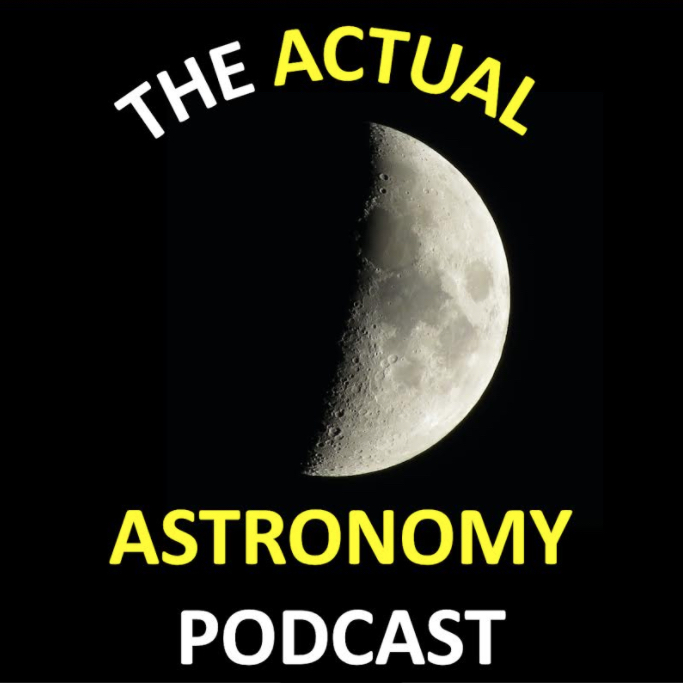

Actual Astronomy Objects to Observe in the June 2021 Night Sky focus to help you find the planets as Jupiter, Saturn, Mars, Mercury and Venus meet up with each other and the Moon and also the annular solar eclipse and how to view it safely.

The Actual Astronomy Podcast presents Objects to Observe in the May 2021 Night Sky. Aside than planet, we also highlight We also talk about the Eta Aquarid Meteor Shower, a variable star and Super Blood Moon Lunar Eclipse.
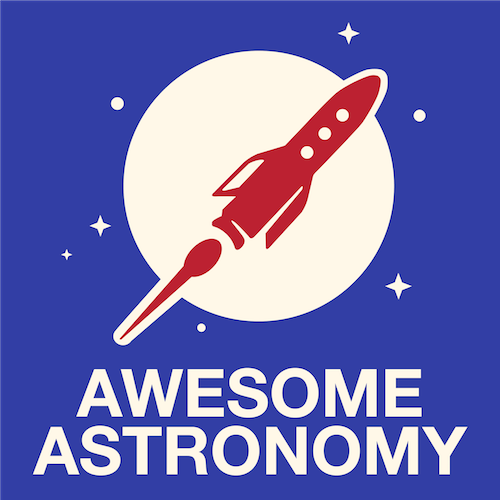
Time for news roundup with @AwesomeAstroPod at #365DaysOfAstro. Today we have sky guide, update on life on Venus, Life around Proxima Centauri and more stories.
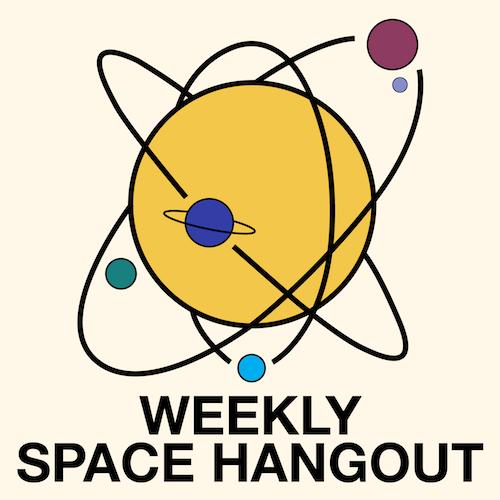
Space news. This week @WSHCrew will talk about simulating black holes in the bathtub, 6 transiting planets with 5 in resonance, & phosphene on Venus. And discussion with Dr. Jani Radenbaugh of the Dragonfly Mission.
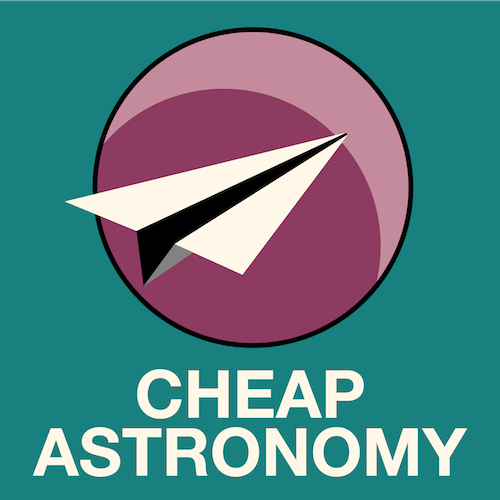
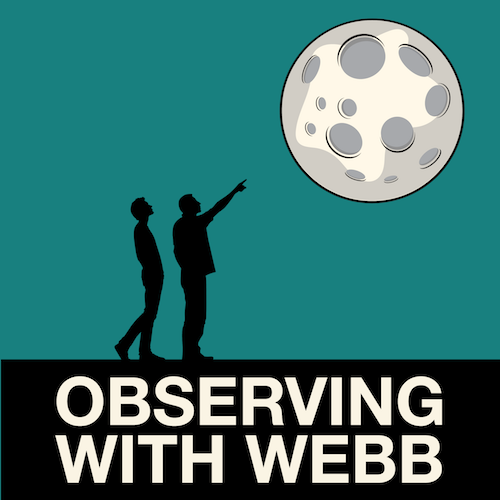
CONJUNCTION MONTH! If there’s nothing else you do this month, mark your calendar, get your warm clothes set aside, and get ready for a very, very rare conjunction between Jupiter and Saturn on the 21st.
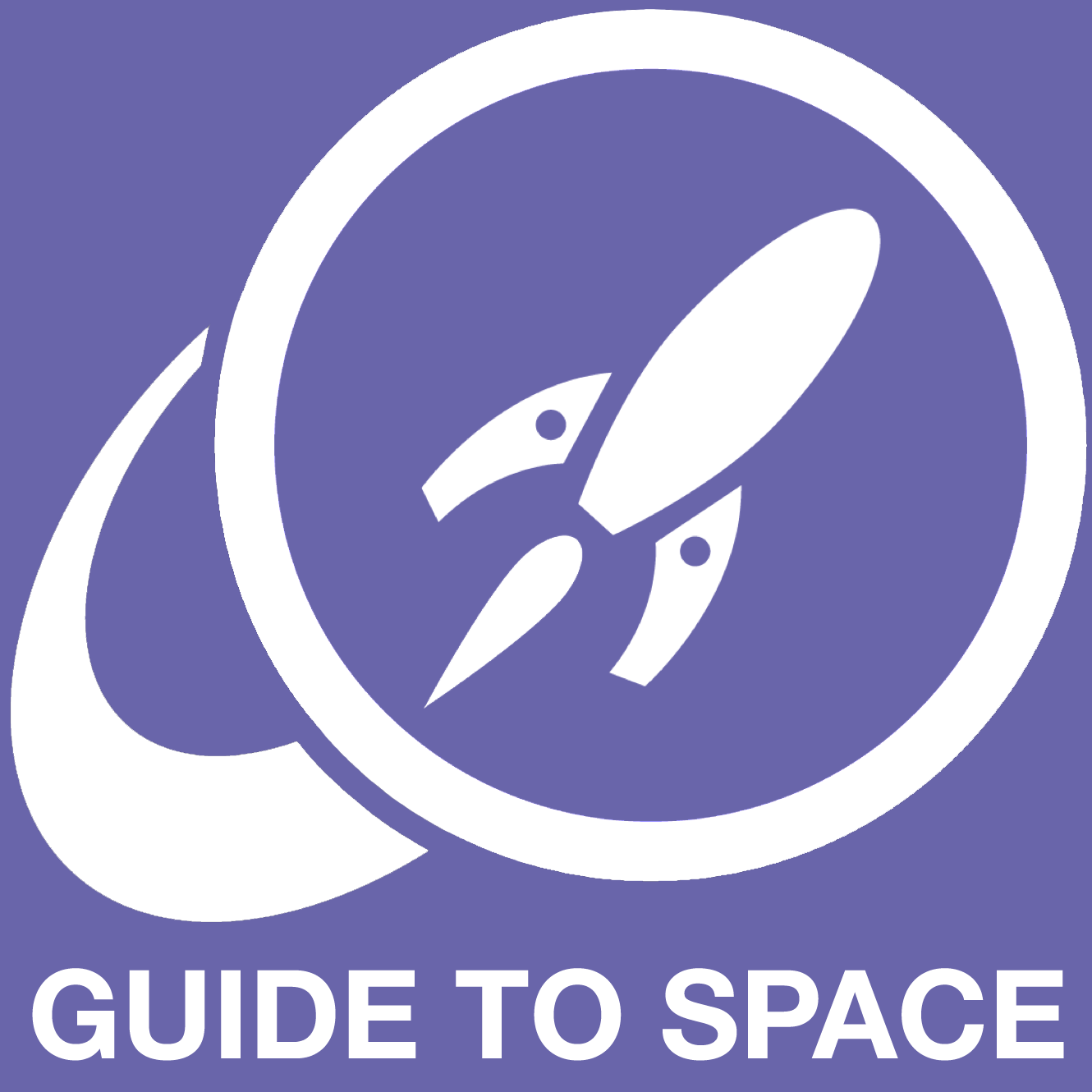
Venus is a fascinating world – the closest twin to the Earth that we have in the Solar System. It’s nearly the same mass and has the same surface gravity. But we need to explore it to help us understand why the planet went so horribly horribly wrong.

All five naked-eye planets are easily visible at different parts of the night, the Leonids will grace the mid-month skies, and the Moon makes its monthly visits in line with the planets.

Today @WSHCrew presenting discussion with Pranvera Hyseni about her work to develop Astronomy Outreach of Kosovo. And also news update!

The Actual Astronomy Podcast presents Objects to Observe in the November Night Sky. In this episode we focus on sky events to help newcomers learn the night sky as we discuss Meteor Showers, Comets to locate and how to use the Moon to find Jupiter, Saturn, Uranus, Mars, Venus and Mercury!